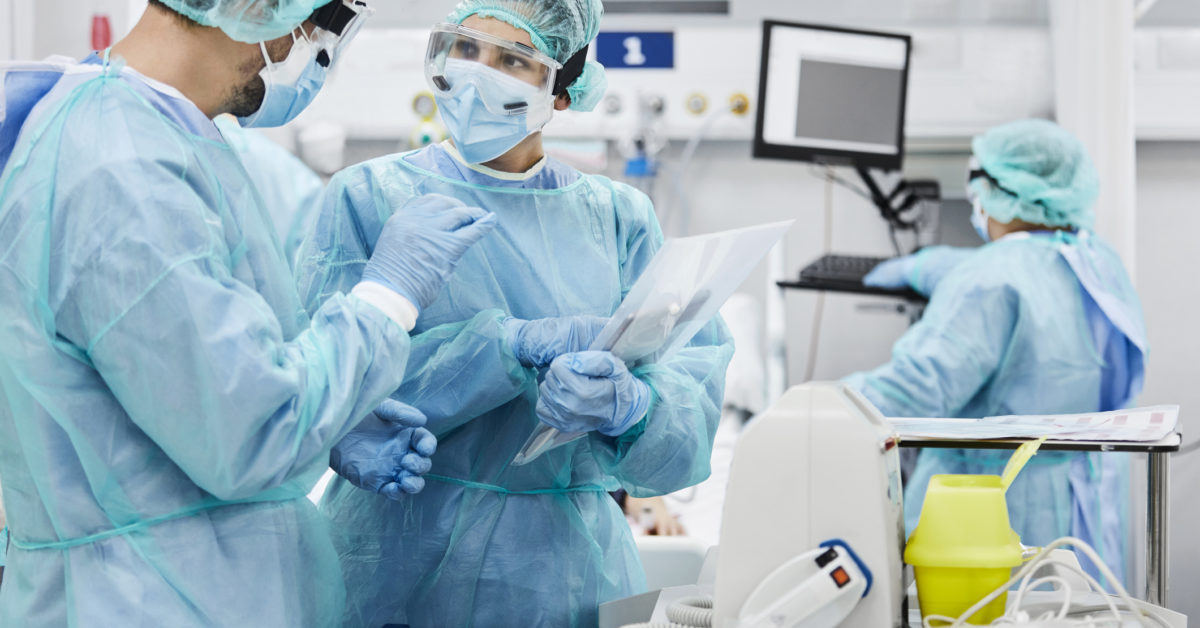Doctors on the frontline of the COVID-19 outbreak in New York City have published the first comprehensive review of the disease’s widespread effects on organ systems beyond the lungs. They also provide guidelines for managing these diverse effects.

At the time of writing, globally, there have been more than 13 million confirmed cases of COVID-19, the illness that the coronavirus SARS-CoV-2 causes, and more than 570,000 deaths.
While experts initially thought that the illness was principally a respiratory infection, doctors treating critically ill patients quickly recognized that its effects are far more widespread.
“I was on the frontlines right from the beginning,” says Dr. Aakriti Gupta, who was one of the first cardiology specialists to be deployed to COVID-19 intensive care units at Columbia University Irving Medical Center. “I observed that patients were clotting a lot, they had high blood sugars even if they did not have diabetes, and many were experiencing injury to their hearts and kidneys.”
In early March 2020, there was little clinical guidance for doctors treating the effects of COVID-19 outside the lungs, so Gupta decided to combine the findings that were emerging from early studies with what she and other doctors were learning on the ground.
Gupta and her colleagues at Columbia collaborated with doctors across the United States to create the first comprehensive clinical guidelines on the disease’s nonrespiratory symptoms.
They summarize how the disease manifests in particular organ systems, the possible causes, and management options.
One section of the paper focuses on the clinical presentation and treatment of children and pregnant women with COVID-19.
The review appears in Nature Medicine.
One of the first things that doctors treating people on ventilators noticed was that their blood clotted unusually easily.
However, this was not sufficient to explain the widespread effects on organs around the body.
“Physicians need to think of COVID-19 as a multisystem disease,” says Gupta. “There’s a lot of news about clotting, but it’s also important to understand that a substantial proportion of these patients [experience] kidney, heart, and brain damage, and physicians need to treat those conditions along with the respiratory disease.”
Among the manifestations of the disease that the authors describe are:
- increased blood clotting or thrombosis
- cardiovascular complications
- kidney injury
- gastrointestinal symptoms
- liver injury
- hyperglycemia (high blood sugar levels) and ketosis (a metabolic state in which the body produces energy from fat instead of glucose, producing ketones)
- effects on the central nervous system
- effects on the eyes
- dermatological (skin) complications
T

